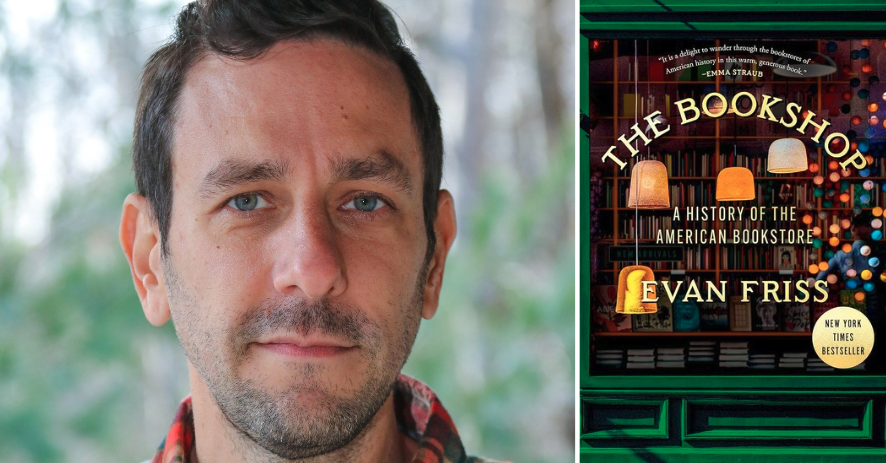For Part 3 of our Literary Magazines Roundtable, we talked to Christopher D. Salyers, one of the editors of the New York-based SIC. Salyers comes from a design background, and it shows. The first issue of SIC has a beautiful cover, and, better yet, fits in your back pocket for ease of transport.
The Millions: Why SIC? Why now?
Christopher D. Salyers: Author (and Fiction Magazine head) Mark Mirsky […] was the harsh catalyst, that unsure voice questioning why America’s current state of fiction wasn’t more of a blood-bathed battleground. Or that’s how I took it, at least. Through MFA programs (and the publishing community) we run into other excellent writers.
TM: How do you distinguish yourself in a crowded marketplace?
CDS: New York City needs more of an outlet, and not just any outlet: SIC brands itself as a unified vision, style, and moniker. While our stories won’t read as editorially unified as say, a journal like Noon will to the average reader, SIC is aware of how it operates and milks it: we’re the mix tape of literary journals, collecting voices from every single angle of the spectrum and meshing it all into one solid road trip… And we’re pocket size. You gotta love the pocket size.
TM: What are your wildest dreams for your publication?
CDS: It would be great if we could increase circulation and print run. Currently we’re sold in NYC, Baltimore, Chicago, Montreal, Paris and San Francisco. Word-of-mouth has got us to where we are at the moment. The more people read, the more great writers learn of us and the more great fiction we print. Everything’s connected.
TM: Whom do you consider your models of lit-mag excellence?
CD: Noon is great, though it would benefit from a little more editorial eclecticism. A Public Space is a hot one right now, too.
TM: How did your first issue come together?
CDS: Thousands of submissions via Craigslist posts, our friends and acquaintances. Not to mention the elbow grease. We literally got together once a week, reading submission after submission. I don’t even want to think about it! But it’s great to find those stories that stand out, that grab you by the balls or heart. I also design the thing, and that takes time as well. It’s a lot of work!
TM: (If you care to delve into this) What are the economics of literary magazines? How do you support the endeavor?
CDS: It’s all about grant money, private funds, and issue sales. Fortunately I don’t deal directly with the money for SIC, but I’m aware of its heartache. You’d be surprised how easily journals and magazines fold; it’s such a fucking tightrope these days. In the future we hope to become a NFP enterprise, to keep it smooth.
TM: Who subscribes to literary magazines, and who reads them? What responsibilities, if any, do the writing community and the publishing industry have toward little magazines?
CDS: To answer the first question: people who write more than people who read […] though I’d like to think that heavy readers dip into journals just as often as they dip into novels/novellas. Or they should, at least. There’s so much great stuff out there that won’t ever get picked up by large houses like Knopf and Penguin. Journals are your only link to what’s “underground” in fiction. And for the second question: I’d say the only responsibility anyone should have is to pick us up and give us a try.
(Again, we urge readers of The Millions to voice their opinions on the state of the literary magazine by using the comment button below. Perhaps we’ll create an honor roll of the best literary magazines out there, or something.)








